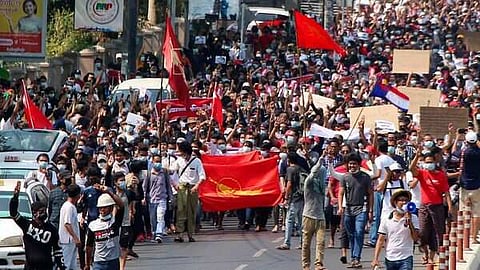2021 has been a year of massive protests, worldwide. The year has seen much unrest and compounded rallies -- starting from US Capitol Riot, early this year to the farmer’s protest in India that drew an end in November.
Yearender 2021 | 5 Landmark Protests That Rocked The World This Year
As the year draws to an end, here’s a look at a few of landmark protests that left a mark in the history of civilian uproar.
With the lockdown in place and a deadly second wave sweeping the world, especially India, demonstrations across the nations fuelled by political affairs and adverse economic effects, were rampant in 2021.
With the economic adversity stretching too far this year, issues related to democracy took the centre stage with political unrest blanketing parts of the country.
As the year draws to an end, here’s a look at a few of the anti-government protests that left a mark in the history of civilian uproar.
1. Farmer’s Protest
From December 2020, Indian farmers launched protests against Prime Minister Narendra Modi-ruled government over three contentious farm bills, that aimed at bringing amendments to the agricultural sector. The protest that went through the entire 2021, before it was called off in December, was sustained by numerous camps, tractors and farmers assembled at the Singhu and Tikri borders in North India. Through the cold and harsh winter, extremely hot summers, when the entire world was cooped inside their homes or hospitals, battling the second wave, the farmers stood firm on their demands to be met. After a year of killings, rallies, media hullabaloo, the Modi government finally gave in to their demands and agreed to repeal the farm laws in November. The protest was finally called off in December.
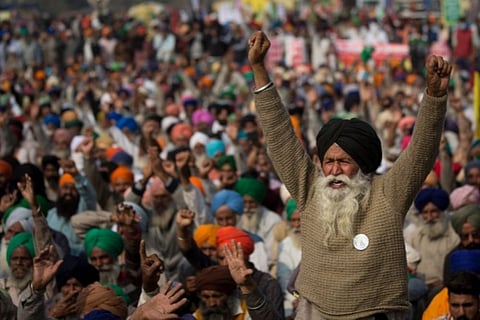
2. Israel and Palestinian feud
A major flare-up among Israel and Palestinian forces in May 2021 has caused the displacement of some 70 people from their respective homes in Sheikh Jarrah, according to data. In May when the Israeli Police confronted Palestinians in Sheikh Jarrah on the Temple Mount, it left nearly 250 Palestinians injured. The incident led to days-long conflict between Israel and Hamas, the Islamist movement that rules the Gaza strip. According to international media, to date, one family faces eviction at the of a month in Gaza following the political turmoil that continued throughout the year.
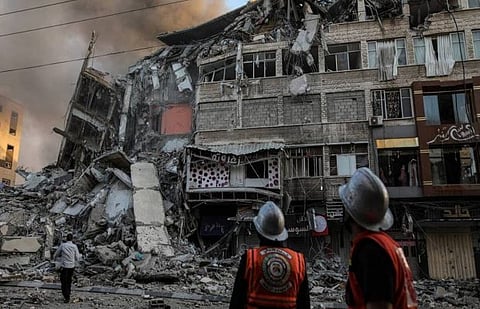
3. US Capitol Riot
The year began with the incident of a mob attack on the US Capitol Hill on January 6. The mob stormed Capitol Hill when the United States saw the nail-biting elections between Donald Trump and Joe Biden. The pro-Trump leaders stormed the Senate leaving behind a trail of broken glasses, trapped lawmakers and a vandalised infrastructure. Around five people died during the ambush while more than 140 police forces were assaulted and left injured. Viral images and videos showed Trump supporters scaling the wall of the Hill ahead of the violent attack. The Federal Bureau of Investigation (FBI) and other international law enforcement agencies considered the incident as an act of domestic terrorism. Trump was impeached by the Democratic-led House of Representatives for “incitement of insurrection” as his speech ahead of the attack was seen as a way of instigating the violence.
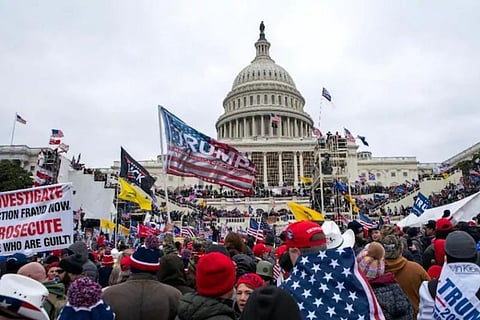
4. Sudanese Uprising
On October 5, the Sudanese military detained Prime Minister Abdalla Hamdok in a military coup triggering fear that made many believe that the act could be a massive blow to the country’s democratic transition. Protests continued since then through the entire December, which was often met with violence from the military. The conflict between the groups and forces led to the deaths of at least 45-50 people and left hundreds injured. In November, Hamdok was reinstated, however, protests followed over demands of civilian rule. On December 19, people turned out in huge numbers as rumours grew that the military forces would resign. According to international media, the release of Hamdok and his wife followed international condemnation of the coup and calls for the military to release all the government officials who were detained when Gen. Abdel-Fattah Burhan seized power.
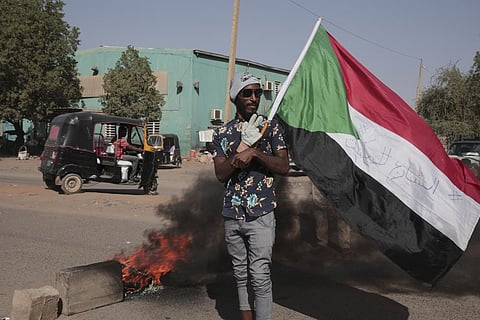
5. Myanmar Protest
Myanmar’s streets were flooded with compounded rallies and protests throughout this year following the de facto coup that seized power on February 1 and detained the political leader and Noble Peace Prize laureate Aung San Suu Kyi. As protesters stormed the streets of the country, in March the military opened fire at civilians killing over 100 people, including children, flooding the roads in red. According to reports, by mid-December this year, the death toll of civilians had reached 1,300. In September, an armed revolt was declared in the country. In December, Aung San Suu Kyi was convicted on two charges and handed a four-year sentence that was quickly cut in half — in proceedings widely criticized as a further effort by the country’s military rulers to roll back the democratic gains of recent years, reports international media.
